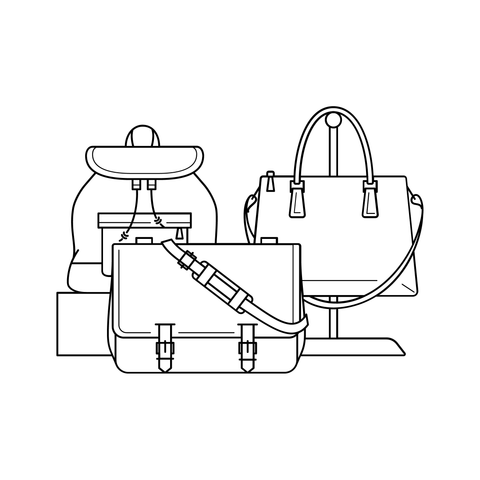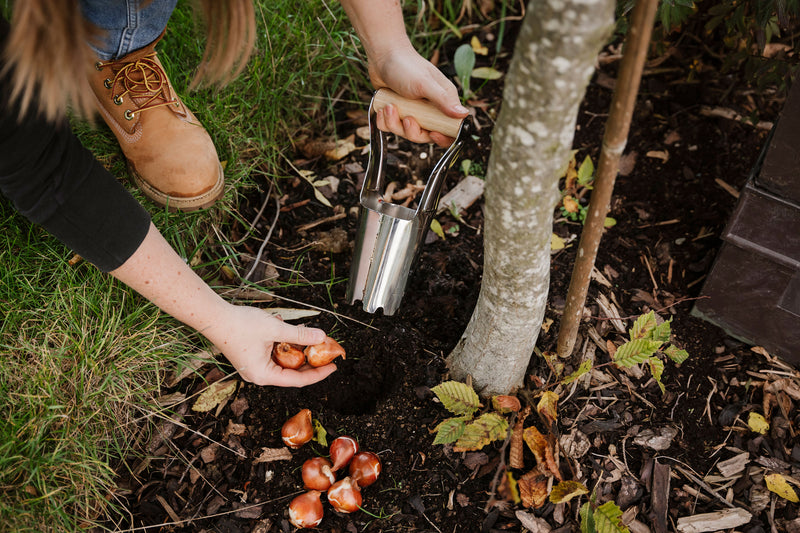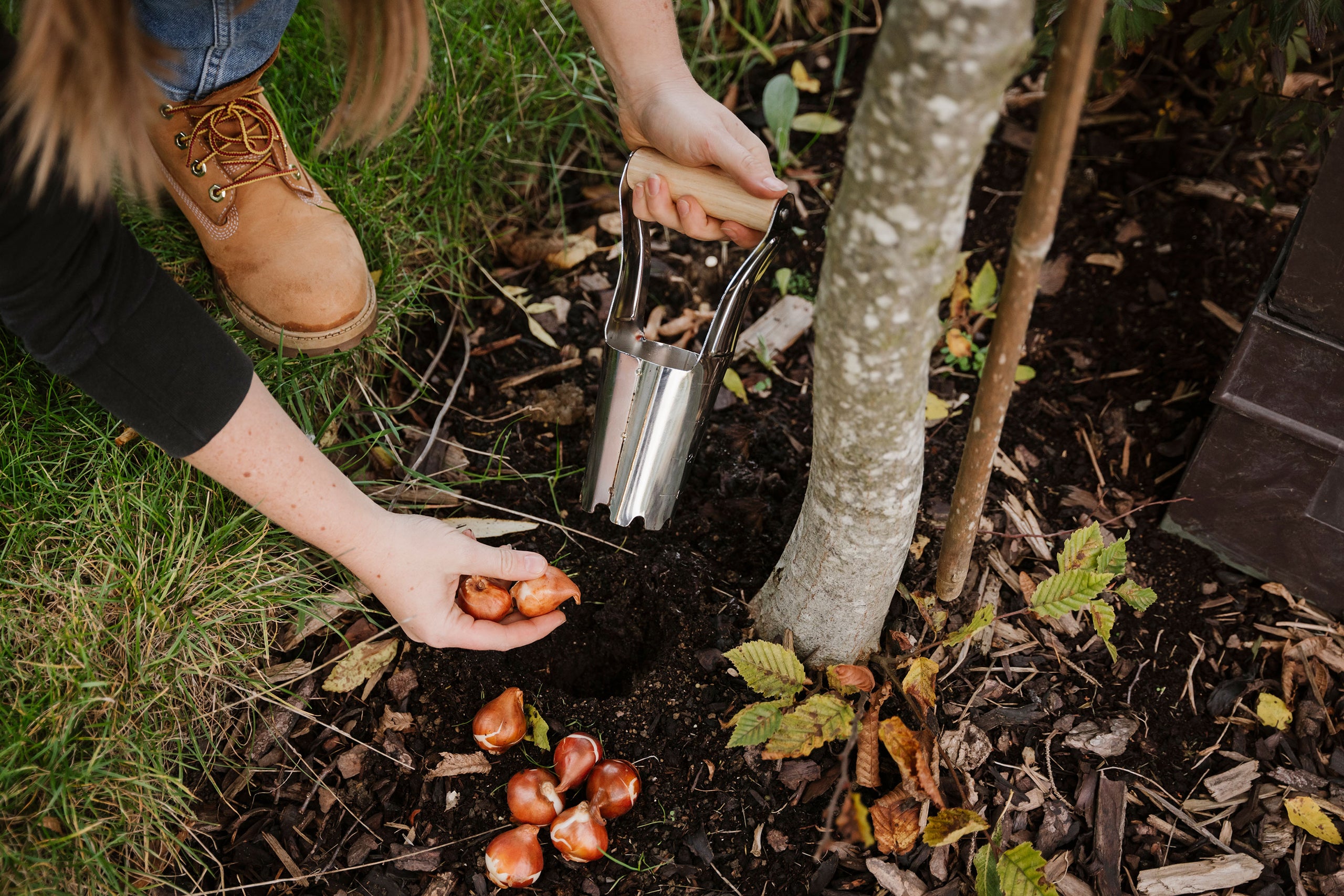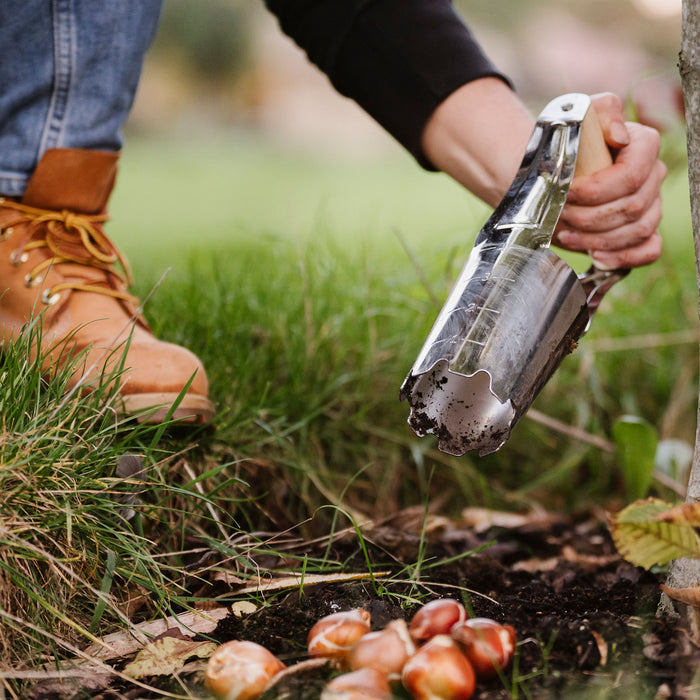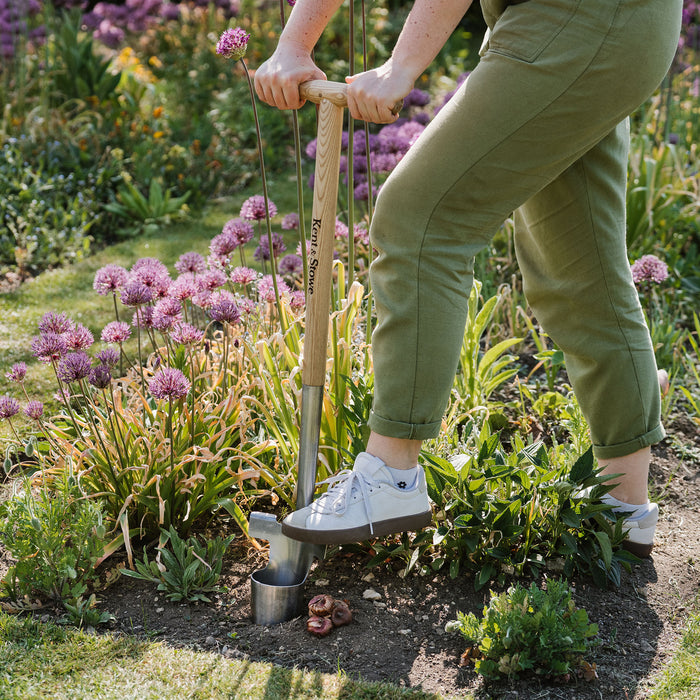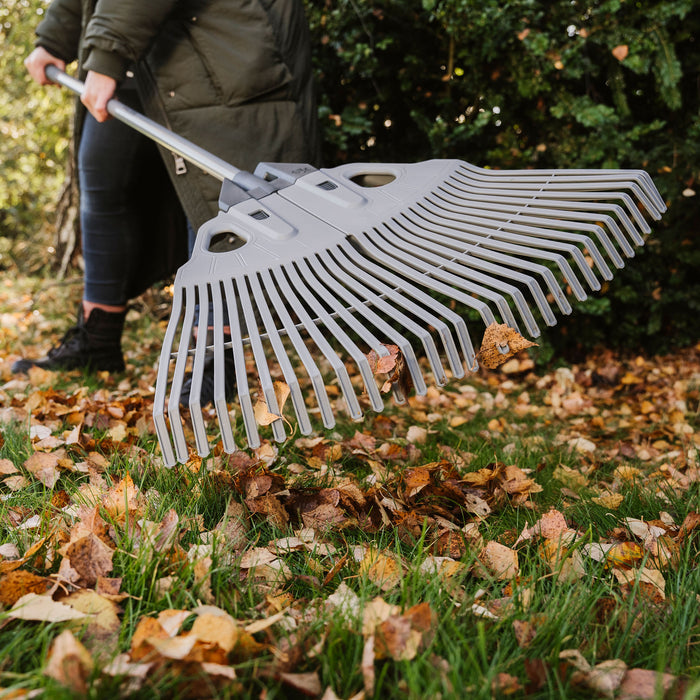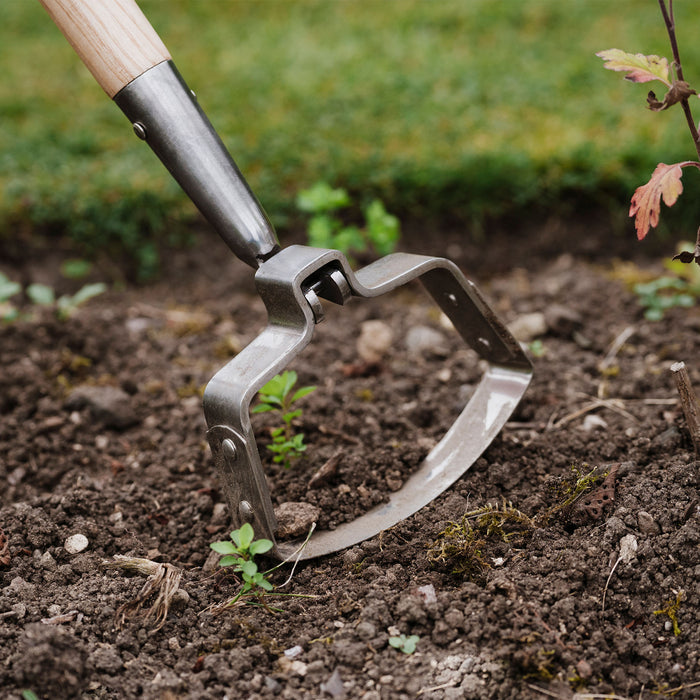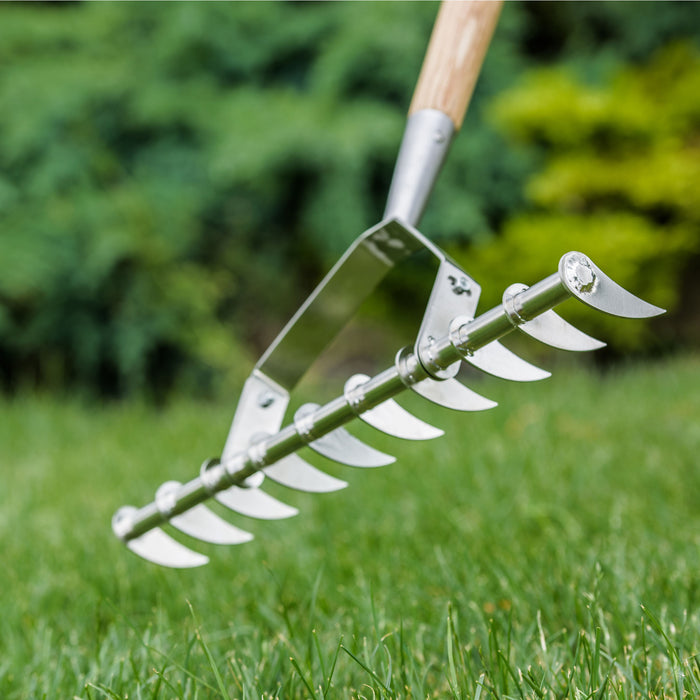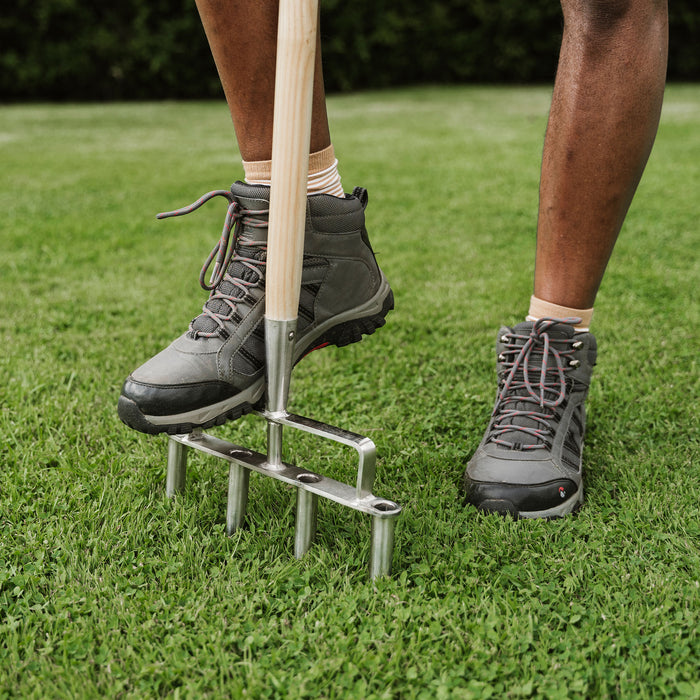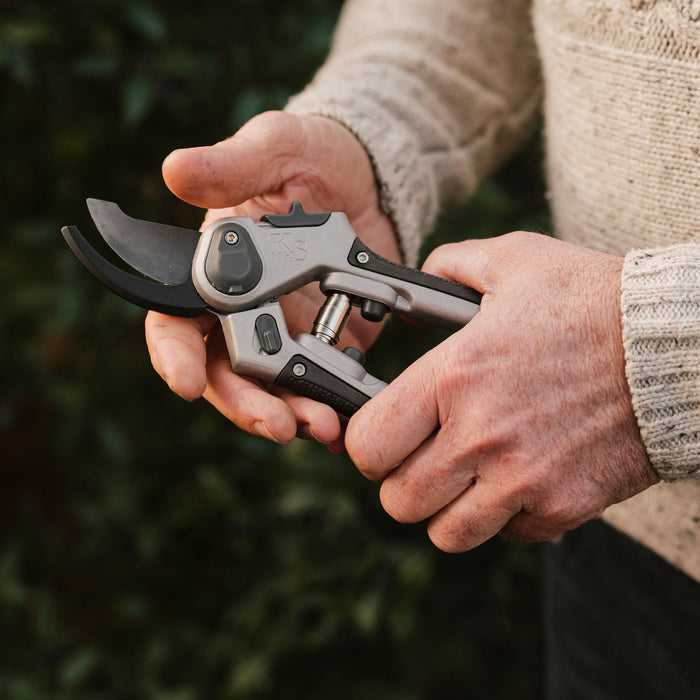As summer fades and the first signs of autumn appear, September is one of the busiest and most rewarding months in the garden. The soil is still warm from summer, making it perfect for planting, dividing, and establishing new growth before winter sets in. With days growing shorter, now is the time to prepare your garden for the colder months ahead while setting the stage for a vibrant display next spring.
Plant Spring & Summer Flowering Bulbs
September is the ideal month to start planting spring and summer-flowering bulbs like tulips, daffodils, crocuses, and alliums. These bulbs require a period of cold dormancy to develop strong roots and produce beautiful blooms. Plant bulbs in well-drained soil, at a depth about three times the height of the bulb. Ensure they are placed with the pointed end facing up. Consider grouping bulbs together in clusters for a more natural and visually striking display come spring.
- For small bulbs such as grape hyacinths, crocuses, snowdrops, and irises, use a Small Bulbs Planter.
- For planting larger bulbs, including daffodils, tulips, alliums, lilies, and hyacinths, use a Hand Bulb Planter
- If you are planting large numbers of bulbs, a Long Handled Bulb Planter stops the need to bend, reducing back strain.
Learn more in our guide to bulb planting
Sowing & Planting
It’s also an excellent time to sow hardy annuals like cornflowers, nigella, and calendula directly into the soil. These will establish roots before winter and burst into flower much earlier come spring.
The warm soil and cooler air create the best conditions for planting new perennials, trees, and shrubs, giving them time to establish before the cold sets in. Use a Capability Digging Spade to dig your planting holes with ease, as it has a 130kg breaking strain to tackle even the most challenging gardening tasks.

Divide Perennials
Over time, many perennials become overcrowded, which can lead to poor flowering and weaker growth. September is the perfect month to lift and divide them, as the soil is still warm enough for new roots to establish before winter, while the cooler air reduces stress on the plants. Using a perennial spade, you can carefully lift the clump, split it into smaller sections, and replant them straight away. This not only rejuvenates the original plant, encouraging stronger growth and better blooms next year, but also gives you extra plants to spread around the garden or share with friends.

Pruning & Tidying
Pruning and tidying are essential September jobs to keep the garden looking good and healthy. Summer-flowering shrubs such as lavender and roses can be pruned back with loppers or secateurs to encourage fresh growth and prevent them from becoming woody. Many perennials will be starting to fade, and these can be cut back using perennial snips to tidy borders, while leaving some seed heads for wildlife.
Deadheading
Dahlias
Dahlias are a garden favourite in late summer and early autumn, providing vibrant colour until the first frost. To keep them flowering as long as possible, regularly deadhead the spent blooms. This process encourages the plant to produce more flowers rather than directing energy toward seed production. Simply snip off the faded flowers just above the nearest pair of healthy leaves using a pair of flower snips or secateurs. As the weather cools, consider mulching around the base of the plants to protect the tubers through the winter.

Roses
September is the perfect time to deadhead roses, encouraging them to produce more blooms before the season ends. Remove faded flowers by cutting just above an outward-facing bud, which will promote a good shape and healthy growth. Additionally, removing dead or damaged wood will improve air circulation around the plant, reducing the risk of fungal diseases. As autumn approaches, avoid heavy pruning; instead, focus on tidying up and removing spent blooms. Read our article on how to deadhead roses to find out more.

Lawn Care
Rake the Leaves
September often brings the first wave of falling leaves. Regularly raking your lawn not only keeps it looking tidy but also prevents a thick layer of leaves from smothering the grass. Allowing leaves to accumulate can lead to moisture retention, fostering an environment conducive to diseases like mold and mildew. Use a rake to keep your lawn clear and give it the best chance to remain healthy as temperatures drop. The Kent & Stowe 3 in 1 Leaf Rake not only has a wide head for clearing large areas, but you can also detach one side for raking narrower areas. It also has detachable leaf grabbers for collecting all the leaves and debris you have cleared.

Scarify & Aerate
After a summer of use, your lawn will benefit from extra care in September. A lawn rake or scarifier can remove thatch and moss, while a lawn aerator helps relieve compaction and improve airflow to the roots. Bare patches can be reseeded to cover the seed evenly, or you can overseed the whole lawn for a thicker, lusher sward. Applying an autumn lawn feed will strengthen roots ahead of winter; choose a formula low in nitrogen but rich in potassium and phosphorus to encourage resilience and prepare the grass for colder weather.
Fruit & Vegetable Garden
The fruit and vegetable garden is full of rewards in September. Apples, pears, plums, beans, courgettes, and squashes are ready for harvesting and should be picked while they’re at their best.
A fruit picker is the perfect tool for gathering ripe fruit straight from the tree, allowing you to harvest without the risk of it falling and bruising. Its cushioned foam liner gently protects the fruit as it’s collected, ensuring each piece stays in excellent condition - fresh, undamaged, and ready to enjoy.
It’s also an ideal time to plant overwintering crops such as garlic, onions, and broad beans, giving you an early start next season. Once beds are cleared of spent crops, use your digging spade to enrich the soil with compost or well-rotted manure to prepare for future planting.

Weeding
September is the ideal time to get on top of weeds, as many are starting to set seed. Removing them now prevents them from spreading into next year, while the warm, moist soil makes it easier to lift roots cleanly. Clearing weeds at this stage also gives newly planted bulbs, perennials, and shrubs the best chance to establish without competition.
For weeds in beds and borders, an oscillating hoe is perfect for those persistent, stubborn weeds, as the sharp-edged blade will easily sever weeds from underneath the soil surface. You can even use it in gravelled areas!

Improve the Soil
September is an excellent time to mulch your beds and borders, locking in warmth and moisture while also enriching the soil ahead of winter. Applying a soil improver as a mulch helps boost structure, replenish nutrients, and encourage healthy root growth for the season ahead. Spread a generous layer over the surface and gently work it in with a digging fork, which allows air and organic matter to penetrate the soil more effectively. This simple job not only tidies the garden but also sets your plants up for strong growth in spring.

